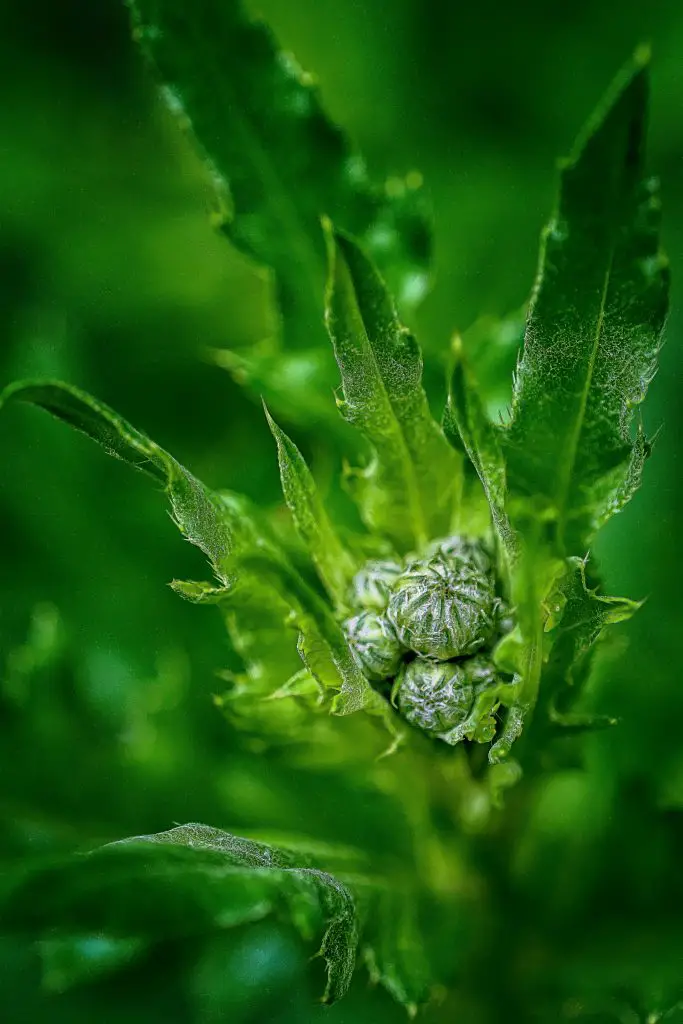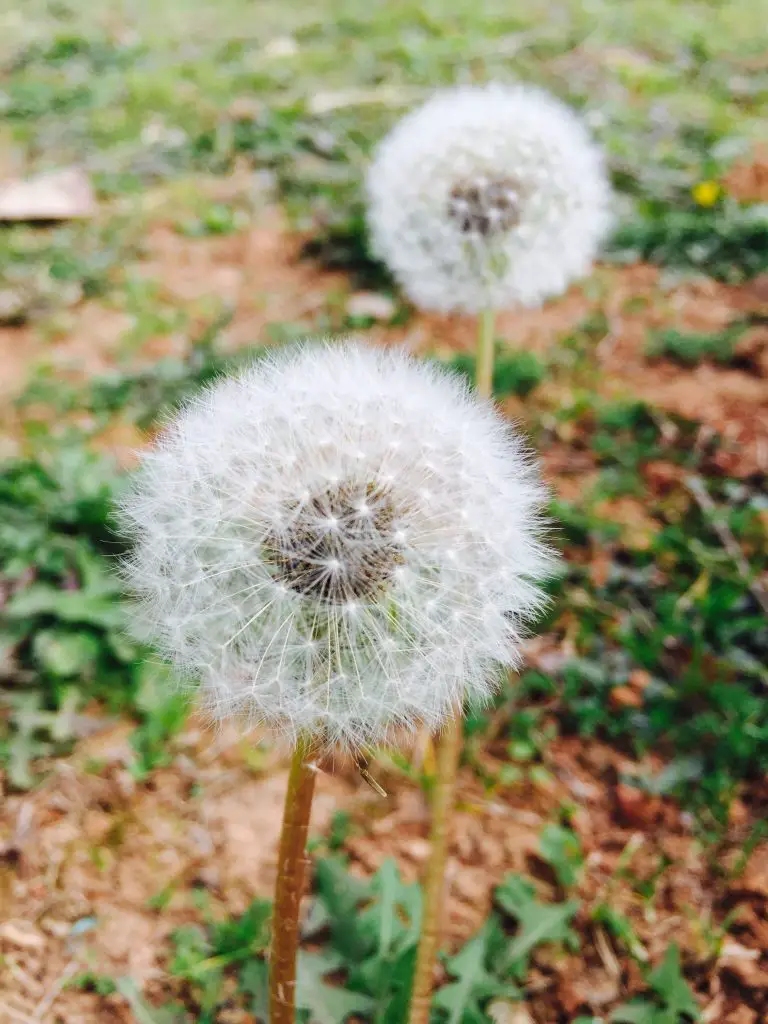Does Fertilizer Kill Weeds? Weeds are perennial problem in any garden no matter where you live and much of the time that many gardeners spend in the garden is often spent trying to control weed problems which inevitably get worse as it weather warms up. One of the questions most commonly asked is does fertilizer kill weeds?
Fertilizer generally does not kill weeds unless it is a specifically designed product such as weed and feed which contains a selective herbicide that kills broadleaf weeds. Weeds are essentially just another plant that competes for nutrients like everything else in the garden that you put their intentionally.
However, there are certain circumstances where fertilizer does help to control weeds indirectly by aiding in the growth of plants that compete strongly with weeds to crowd them out. Examples of this include when you grow your lawn or you have a plant such as lily-of-the-valley which can control areas of the garden and crowd out weeds.
So there is no miracle cure for eliminating weeds, however, there are several strategies that you can undertake which will help to reduce the weeds in your garden over time and reduce the amount of time that you spend weeding.

How To Control Weeds
There are several common methods that will help to reduce the amount of weeds that appear in your garden one of the most common ones is using a no dig method which has been shown to be effective in reducing the amount of weeds that do appear.
No dig gardens as the name suggest can be established without the needing to dig any soil up at all. The easiest way to establish a brand-new garden bed with the no dig method is the start by laying down a thick layer of cardboard that does not have any gaps in it that will allow light to go through to the soil.
The purpose of the cardboard layer is to kill any grasses and weeds that already occupy the area where you intend to plant your garden. This method is effective as it will kill off all but the most stubborn weeds by denying them light for an extended period of time. To allow you to plant directly into the garden once this layers established you need to put a layer of fresh compost on top of the cardboard that is approximately 6 inches thick.
To reduce the chances of having problems with weeds particularly if your garden beds border an area with grass is advisable to have a border around the outside of the garden bed that is approximately 6 inches wide and is also covered with cardboard. This method will suppress weeds and prevent grasses from re-invading the area that you have just cleared weeds. However, because the cardboard is relatively thin you will most likely need to continually top up the cardboard as it will deteriorate over time.

This method is extremely effective in creating an area that is initially we free however as everyone knows weed seeds will eventually make their way into the garden bed over time either through wind or animal droppings so it will not completely eliminate the problem however there are a few maintenance tips that can be used to dramatically reduce the amount of work that is required to maintain a weed-free bed.
The most important thing to reduce work is to ensure that you regularly remove weeds to stop them becoming reestablished in your garden beds by getting the weeds out very early. The easiest way to do this is to use compost as a mulch rather than something like wood chips or pea straw.
The reason for this is that applying a layer of compost will allow you to remove the weeds using a dutch hoe rather than hand weeding which is generally much faster when the weeds are small. A garden bed that has tiny weeds appearing can be weeded in a matter of minutes by running a Dutch hoe over the surface of the compost every couple of weeks.
Additional benefit of applying a layer of compost rather than other types of mulch is it also helps to feed the soil which means no other additional things need to be added to the soil to maintain fertility. This is a method that is used by the well-known market gardener Charles Dowding to run his vegetable patch. To see an example of how Charles employees this no-dig method click on the video below.
Other Methods Of Reducing Weeds
The other methods that are extremely effective at reducing the amount of time that you spend weeding is to ensure that your garden beds are full with plants that occupy large amounts of space within your garden beds and reduce the amount of light that reaches soil. Having plants of this nature means that there is very little opportunity for weeds to establish in your garden bed as they do not have sufficient light to get going.
Examples of plants that are very effective at doing this I things like lavenders, salvias, and geraniums all of which will shade out significant areas of the garden preventing establishment of weeds. Other groundcovers such as nasturtiums are also extremely effective because they have a vigorous foliage which will cover the spaces within your garden effectively.
However, if you were talking about reducing the weeds within your lawn then there are a couple of things that will help to prevent weeds from getting established. The first thing is to apply feed and weed every couple of weeks in the growing season. This will help to remove any broadleaf varieties of grass However, I find that using the powdered version of this product rather than the more popular spray type which plugs into a hose is more effective simply because the solid material sits on the grass for longer and ensures that the weeds are killed off more effectively.
In addition to applying selective herbicides, many gardeners also recommend that you undertake regular maintenance of your lawn to maintain the health of the grass that is already there by doing a couple of things.

The first common practice is to aerate the lawn by using a fork to create holes and gently lifting segments of the lawn slightly to allow nutrients to aid with growth. This is most commonly done in late autumn as winter is approaching because it allows the grass to become re-established without the formation of large amounts of weeds
At this point in time, it is also recommended that the lawn be fed with an all-purpose fertilizer which will also encourage the grass to extend its root system and crowd out any weeds that may be present. It is also advisable to keep the grass is relatively long in the summer period as this will also help to shade out any competing weeds that are present in the lawn.
Generally, whether you are trying to control the weeds in your lawn or in your garden bed the key is consistency of maintenance which will prevent weeds be from becoming a major job.
I hope you found this article useful and have great success in your garden at home if you have any additional comments or questions please leave them section below.
Relevant Articles
Should I Cut Weeds Before Spraying Weed Killer?
Do Need A Humidity Dome For Growing Seeds?
Baking Soda Vs Milk: Which Is Better For Controlling Powdery Mildew?
How Many Seeds To Plant In One Hole? Is It Better To Plant More Than One?
